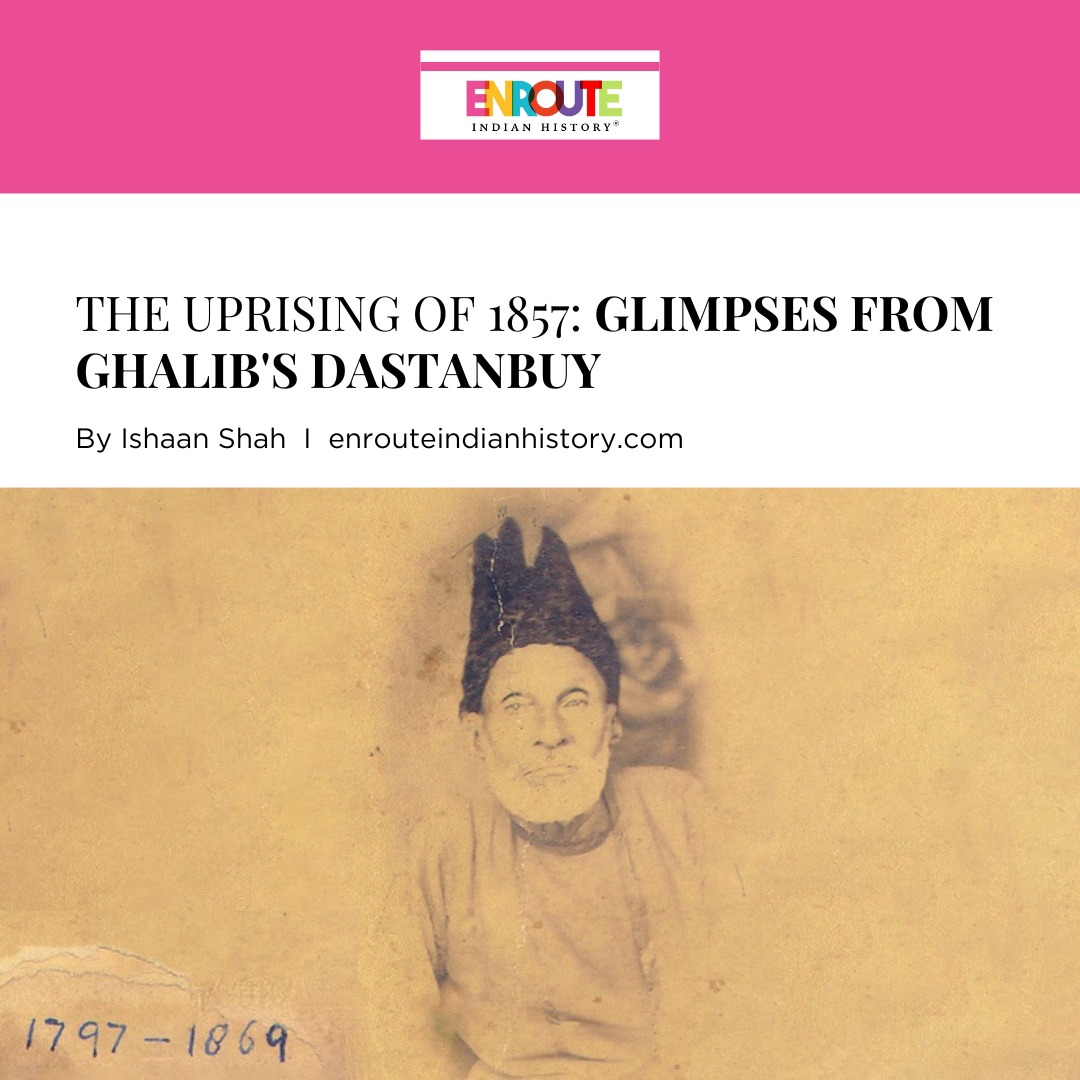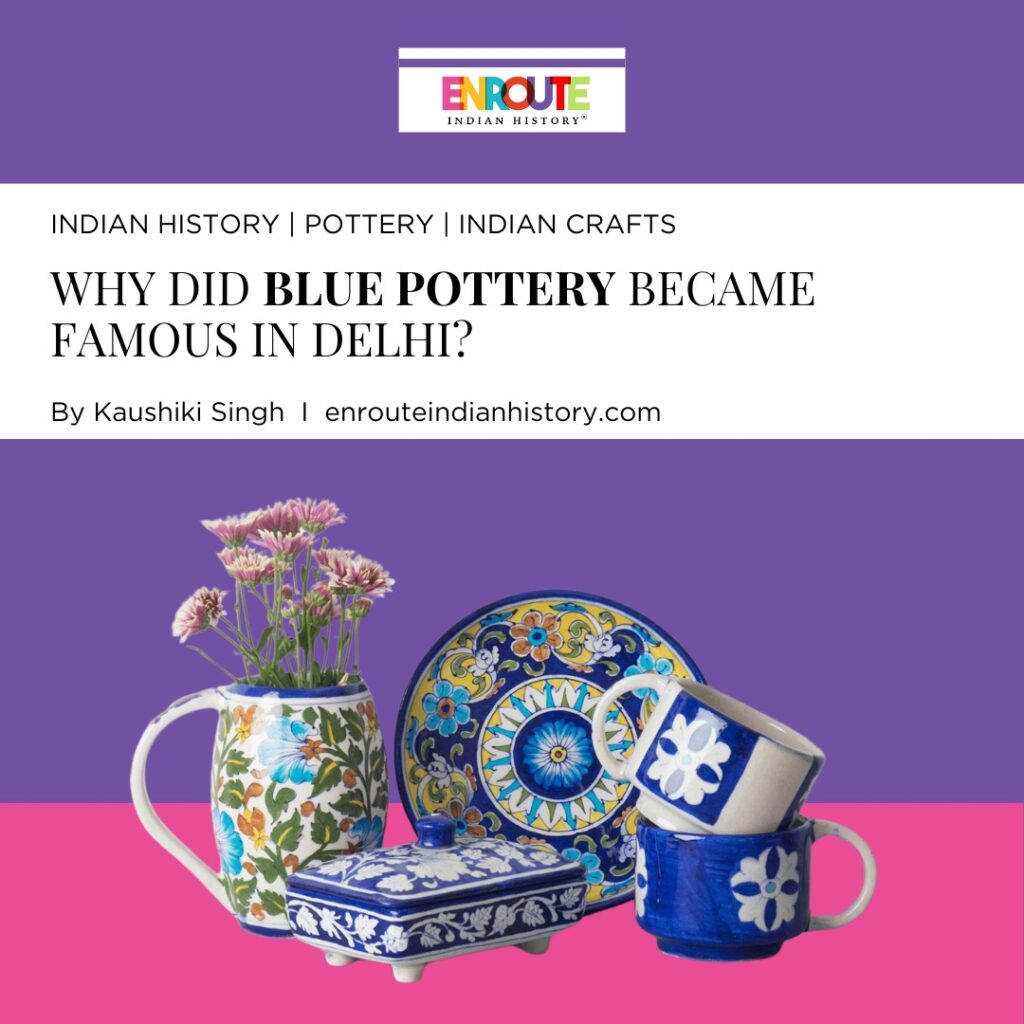
Pottery is an old tradition that one can find traces of in ancient civilizations of the world. In early times, pottery was an activity by which people could produce their daily utilitarian items or was a source of their livelihood. But as time passed, the style of pottery changed, reflecting the social, economic and environmental conditions of the culture that thrived during the period. In the present day, pottery has no doubt become a well-established art form that is classified under earthenware, stoneware and porcelain, producing a wide range of products- tableware, decorative ware, sanitary ware, electronic insulators etc.
Though pottery embraces diverse styles, this article will throw light on the ‘Delhi Blue pottery’ developed by Sardar Gurucharan singh and his contribution to introducing studio pottery in the city.
WHERE DID BLUE POTTERY EMERGE?
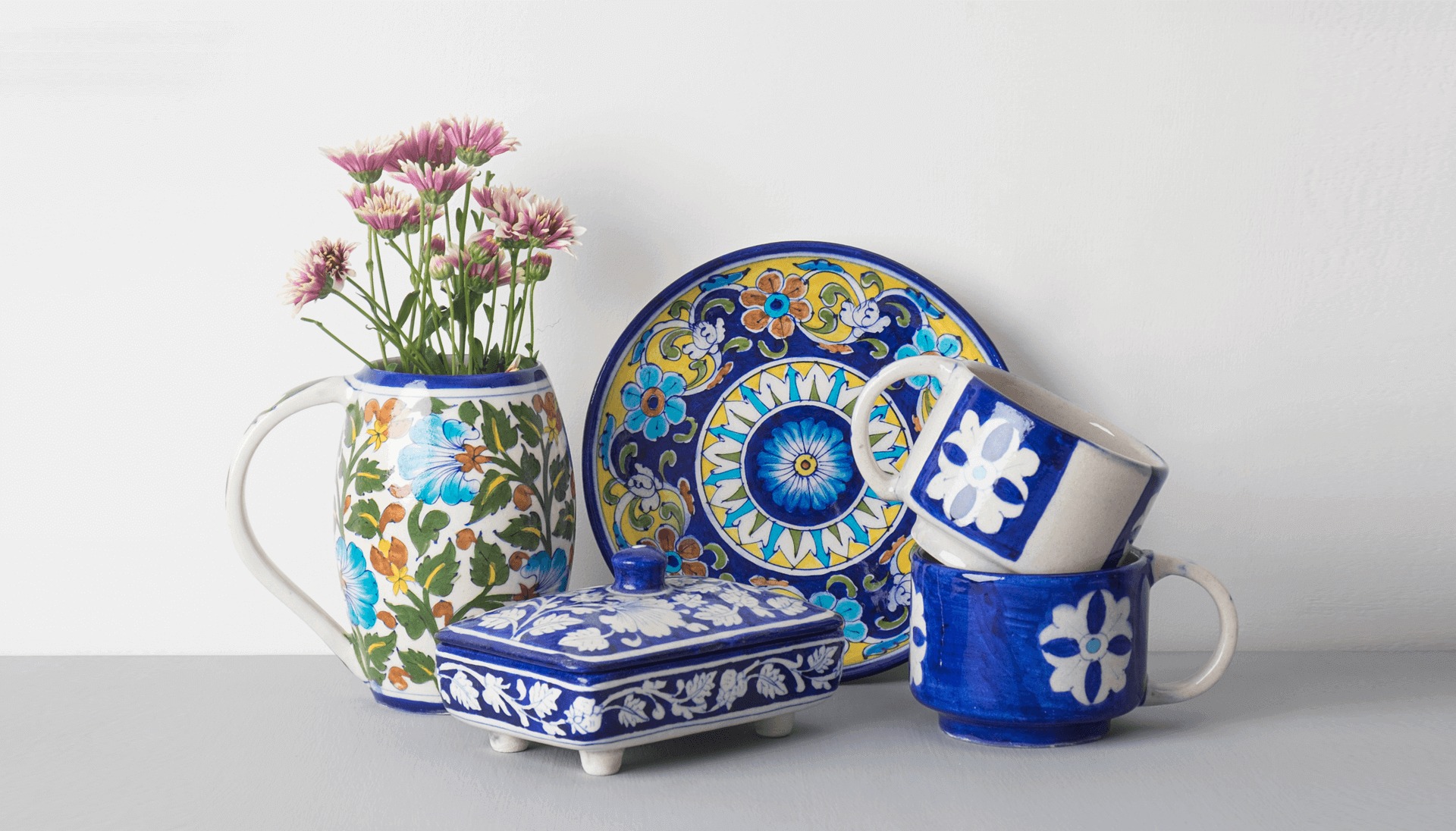
(Source- Crafts Maestro; the Blue pottery)
‘Blue’ pottery is attributed to the usage of the striking cobalt blue dye while making the products. The most significant aspect that distinguishes blue pottery from the other styles is the non- usage of clay . For this, a special dough is prepared by intermixing quartz stone powder, Multani mitti, powdered glass, borax, water and gum.
Tracing the origin, this Eurasian type of blue and white pottery embraces the decoration styles of Islamic pottery, and to some extent, Chinese pottery. The Mongol artisans combined Chinese glazing techniques with Persian decorative styles. The Iranian king Shah Abbas II (1632-1666), after observing the great demand for Chinese clay pottery which was also exported in Europe, called some workers from China. But the problem emerged due to the unavailability of ‘China clay’ there as local potters used red clay. So they started using quartz stone for a similar look. This way, blue pottery developed in Iran.
The style of blue pottery was introduced in India during the 14th century with the Turkish invasion and later on trade relations with Persia under the Mughals that brought this exquisite art in the city of Delhi. The evidence can be found of Mughals decorating their mosques and tombs like that of Central Asia, through many monuments in Delhi- Nili Masjid, Jahaz Mahal, Sabz Burj, Isa Khan’s tomb. The British, when they came, gave the term ‘Delhi Blue’ after observing Blue tiles on the city’s tombs.
Though the traditional patterns and motifs are that of persian origin, we see many contemporary patterns in blue pottery like geometric, floral, animal, birds as well as deities like Lord Ganesha, Goddess Durga. The process of making it is quite laborious that involves patience and intricate designs. Once the special dough is made, it is pressed into a mould filling it with ash. Pressing it gently and taking out extra dough, the desired shape is formed. It is left for two or three nights and as the dough lacks elasticity, it is hard pressed onto the potter’s wheel to make larger objects and are casted into the moulds of various shapes and sizes. The final step involves hand-painting the dry pottery products with oxide colours.
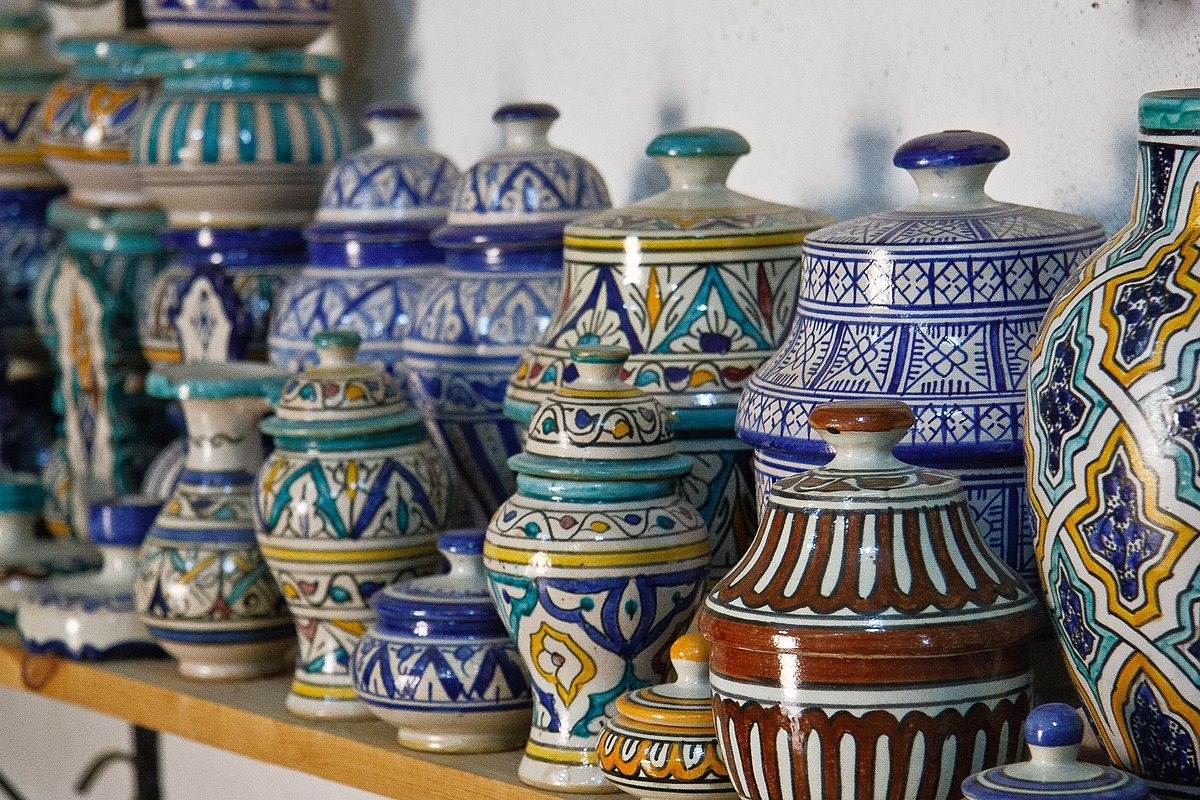
(Source- Hindi Crafts; Geometric patterns on Blue pottery)
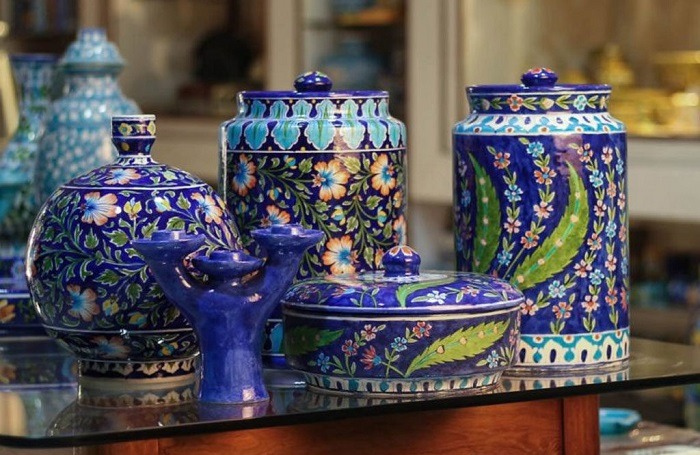
(Source- Riti Riwaz; floral prints on Blue pottery)
SARDAR GURUCHARAN SINGH AND THE ‘DELHI BLUE’
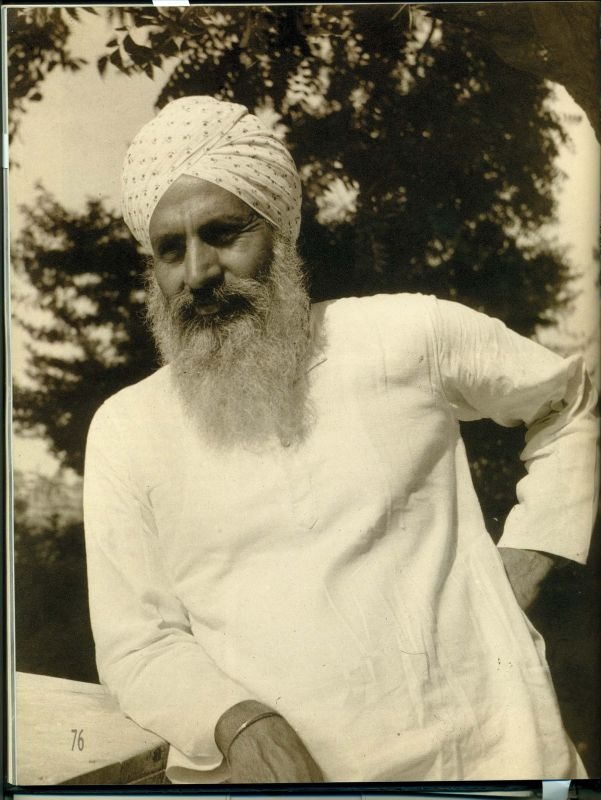
(Source- Deccan Chronicle; Sardar Gurucharan Singh)
“Every once in a while I am in tune with clay, and I hear music. It’s like poetry. Those are the moments that pottery is truly beautiful for me”
- Gurucharan singh
Sardar Gurucharan singh, also known as the father of Studio pottery in India, is well-credited for giving ceramic art a new configuration and stature in the country, especially focusing on Delhi.
Gurucharan Singh was born in 1896 in kashmir and got his early education in the city Gujranwala. His father was an engineer and Singh completed his graduation in geology. Gurucharan Singh came to Delhi in 1918 to assist his father’s friend, Sardar Ram Singh Kabli, who owned Delhi pottery works in the south of the city, which is present day Safdarjung airport. Kabli’s brickworks was entrusted with the task of producing bricks and tiles for building the Imperial Delhi. Gurucharan Singh, in helping kabli, eventually got involved in learning every phase of pottery- throwing, moulding, casting, firing; especially focusing on the tiles section. During this learning process, he was enchanted by the vibrancy of the Blue tiles that he encountered on the monuments of the sultanate and mughal eras in the city.
Singh was sent by Kabli to study commercial ceramics at The Higher Technological school in Tokyo in 1919. During this period, he came close to the members of Mingei, Japan’s arts and crafts movement, that included influential leaders like Hamada Shoji, Yanagi Soetsu, Bernard Leach and many others. These leaders initiated a movement that aimed at folklorization of culture and the idea of artistic-craftsmen in making functional ceramic ware. Singh was, no doubt, enamoured by the Mingei narratives and the potential of stoneware and brought to India, a new strand for Studio pottery.
After returning to Delhi in 1922, he married Chattar Kaur, daughter of Ram Singh kabli and went back to work in Delhi potteries where he produced many art pieces. There he met Abdullah Mussalman, a tilemaker from Dasna in Uttar Pradesh, who worked at the brick kiln. Abdullah was the descendant of the potters who practised persianate ceramics. It was all the efforts of Abdullah who taught Gurucharan Singh the art of Blue glaze. By the traditional offering of a turban, one rupee coin and sweets as a dakshina, Abdullah was made his Guru. During the swadeshi exhibition in Delhi in the 1930s, he displayed pots and vases that were both mingei and local in designs. After 1929, the pottery shifted to the factory road as the brick kilns were to be demolished for the Willington Airport (presently Safdarjung airport).
It was during the 1930s that the competition from Japanese industrial tiles soared and led to the closing of Delhi potteries in 1939. Gurucharan Singh went to places like Bundi, Lahore, Srinagar and Ambala and started ceramic training institutes or worked as a geologist for various government projects. After the partition, Singh came back to Delhi after his retirement to continue his passion and finally opened Delhi Blue art pottery. His dedication was to make it a studio pottery where tableware and diverse art pieces could be made at affordable prices. In 1958, as he and his wife undertook a journey across Asia, Europe and finally Egypt, studying different pottery and art traditions of these regions, they inculcated all these diverse techniques in their studio pottery in Delhi. The Delhi Blue art pottery served the architectural requirements of independent India’s capital and this could be seen today in Doll’s museum, ceramic jali in India International centre, Ford foundation Building etc.
Delhi blue eventually became the only place where one could sit and literally learn to make a pot. It gave the opportunity, from a professional to a commoner, to enjoy working with clay. In his studio, Singh was affectionately referred to as ‘Daddyji’.
As Singh was well-acquainted with geology, he became an expert in glazing and besides Blue glaze, he also experimented with white, grey, eggshell, white and grey slipware. During the 1970s, many exhibitions were held that resulted in increased popularity of his art, more demand and exposure to pottery.
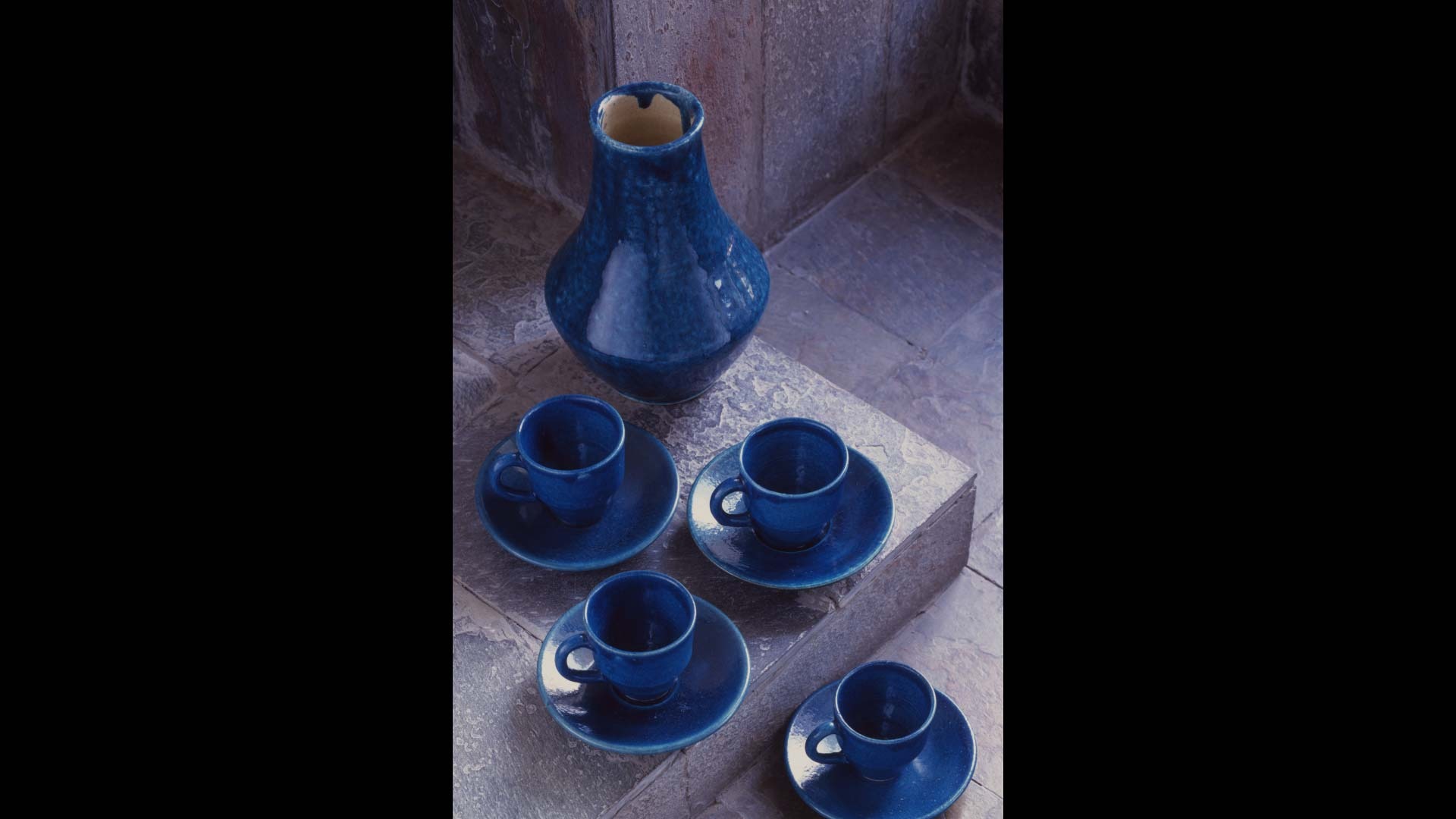
(Source- The Aidem; pottery made by Sardar Gurucharan singh)
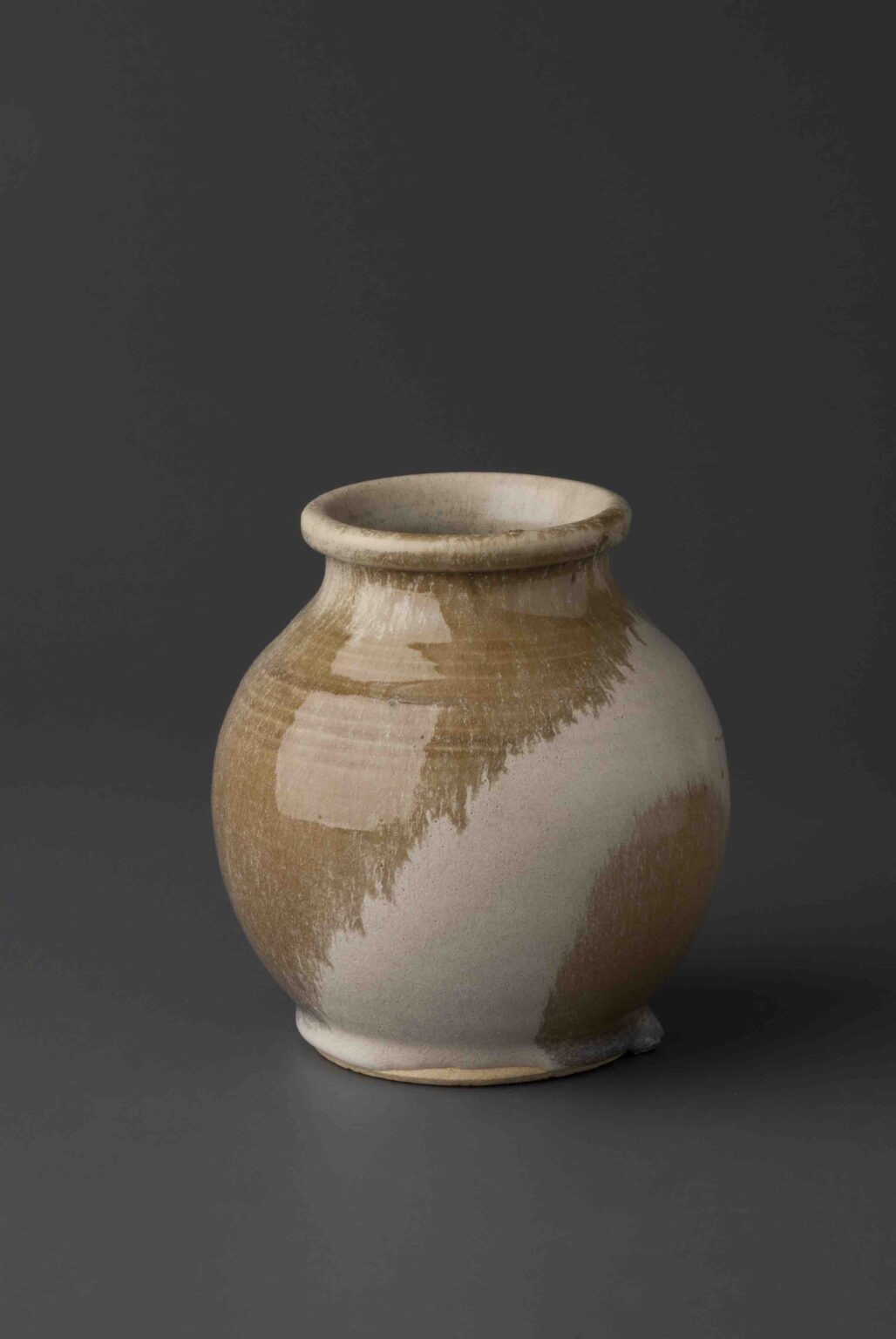
(Source- The Aidem; a pot by Gurucharan Singh)
Sardar Gurucharan Singh was felicitated by many prestigious awards- he was awarded a silver plaque by All India ceramic society in 1971, was recognized as the best artist of the year by Sahitya kala Parishad in 1974 and Singh also initiated the first all India studio pottery exhibition in 1983. Finally he was awarded Padma shri by the President of India in 1991 and in the same year founded Delhi Blue pottery trust. After its establishment, many aspiring students started working there under the guidance of Gurucharan Singh and trained in the field of Studio pottery.
Presently, the Delhi Blue pottery trust is responsible for organising many international and national workshops throughout the year like Clare Wakefield’s workshop, Francoise Dufayard’s workshop and hosting international artists for lectures, workshops and for participating in their major events. Below are some artistic pieces produced by the international artists at Delhi Blue-
(Source for Fig. 1, 2,3,4- Delhi Blue pottery trust)
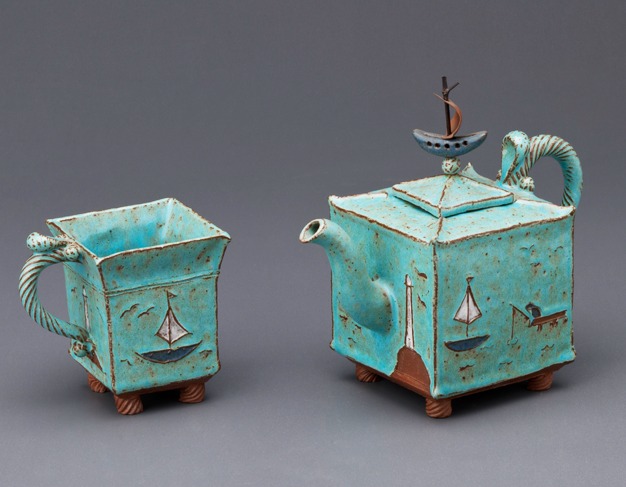
(Fig. 1)
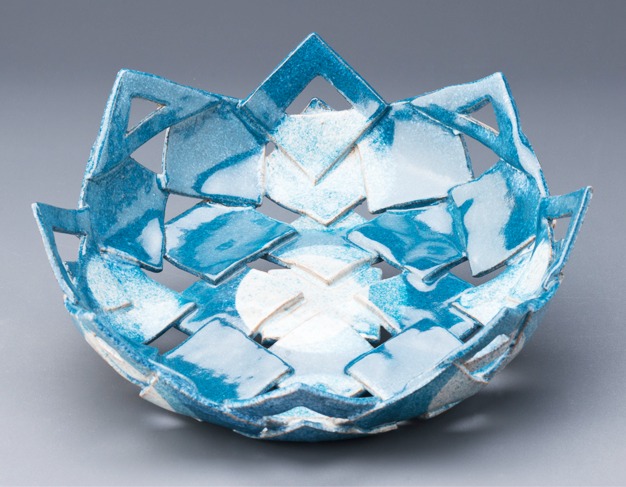
(Fig. 2)
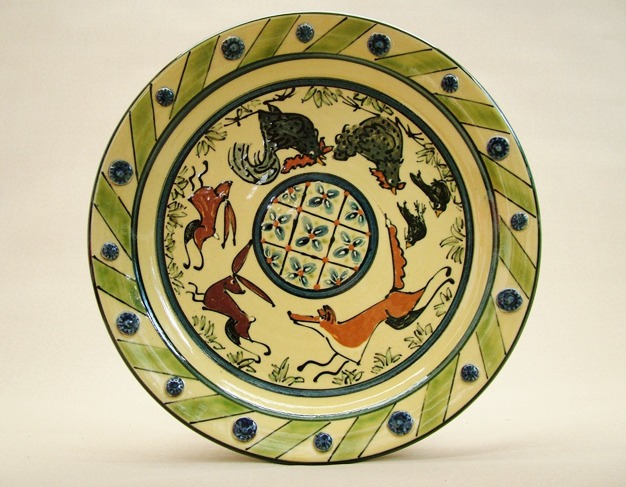
(Fig. 3)
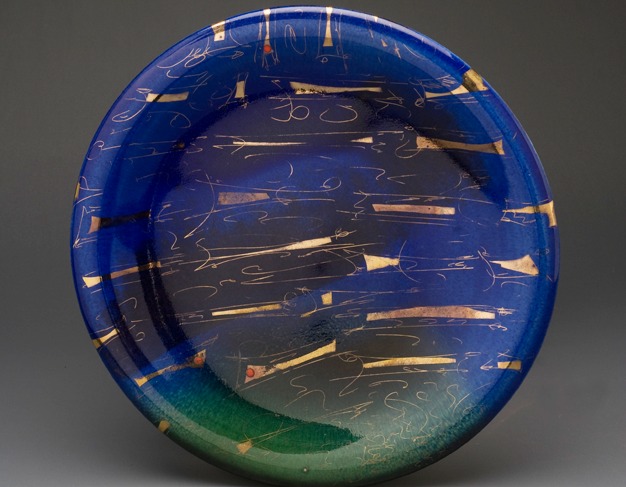
(Fig. 4)
Gurucharan Singh brought no less than a revolution in the sphere of Indian pottery traditions and gave ceramic art a new meaning for the professionals as well as for a layman. A documentary called The Lotus and the Swan by Nirmal Chander beautifully portrays Gurucharan’s journey and his efforts to popularise studio pottery in India. Singh not only introduced studio pottery but also actively engaged himself and with his son Mansimran Singh, in training a wide range of ceramists and inspiring them with his work.
REFERENCE
- Garimella A. 2020; “Brown and Blue, with lots of Green: Gurucharan Singh and making a place of New Delhi”.
- Sharma G. and Paliwal A. 2021; “Transmutation of Traditional pottery to studio pottery”.
- https://deccanviews.in/category/art-history/blue-pottery/
- https://www.deccanchronicle.com/lifestyle/viral-and-trending/091119/delhi-sculpts-the-blues.html
- https://www.thefreelibrary.com/Gurcharan+Singh–In+Tune+with+Clay.-a0523561013
- https://www.hindustantimes.com/art-and-culture/crafted-in-clay-the-art-of-pottery-in-delhi/story-cPkr75qqfiz65Yr0nEg39N.html
- http://delhibluepotterytrust.com/mobile-index.php




